|
Between having to regularly endure the weight of heavy vehicles and varying outdoor elements such as driving rains, sweltering heat, ice and snow, driveways get lots of use and abuse. Therefore, it’s important that we choose the best driveway surface for our circumstances. There are several options to choose from and each has its pros and cons with respect to durability, maintenance, aesthetics, sustainability and price. Keep in mind, when considering price, you want to be sure to factor in not only the initial cost of your driveway, but also the long-term costs associated with maintenance. You’ll also want to think about how the material will perform your area’s climate. Some driveway materials may be better for your region’s weather conditions than others. In this mini lesson, we’ll talk about the most commonly used driveway materials on the market, starting with the least expensive option. As we go through the list, you’ll see that the options get progressively more costly. Gravel Gravel has a pretty low up front cost at $1 to $3 per square foot for a 2 inch layer. Gravel is fast and easy to install and comes in several different colors, allowing you to customize the look the driveway to compliment your house. The gravel itself can last up to 100 years, but gravel lost to erosion or lost during snow removal needs to be periodically replaced over the lifetime of the driveway--how often depends on how readily the gravel is lost. Gravel is a great option for the budget-conscious homeowners, or people with long driveways who will need a lot of material. Gravel also compacts well, creating a more stable surface that sheds water easily. Installation of a gravel driveway is usually pretty uncomplicated. No specific base soil layer is required in most cases. You can generally just dump the gravel and spread it. If you have particularly unstable soil, you’ll need a thicker layer of gravel, usually 6-8 inches. The main disadvantage of gravel driveways is that most gravel driveways need some of the gravel replaced periodically, sometimes as often as every year or two, depending on how much traffic passes and how much rain and snow the region gets. Gravel driveways tend to do better in drier, warmer climates. In regions that get regular snow, gravel is not an ideal driveway surface since it’s difficult to clear a gravel driveway with a snowblower or shovel. When removing snow, you’ll also be removing gravel, requiring replacement gravel more often. Regular or heavy rains can cause erosion of gravel, again requiring you to replace gravel sooner rather than later. But snow and rain aren’t the only reasons you’ll need to replace gravel. Smaller gravel pieces tend to naturally sink after 4 or 5 years, leaving larger stones on top. Periodic redressing is a necessity. Redressing is a term that means adding a fill coat of pea gravel. Again, it’s a fairly simple process, but it needs to be done regularly. Here’s a pro tip for redressing a gravel driveway: when a fill coat of pea gravel is necessary to fill in ruts, grooves or depressions in gravel driveways, be sure to redress the entire driveway for consistency since stone size and color can vary depending on the source. Gravel is an eco friendly option since it can be sourced locally and provides a porous surface for the absorption of rainwater. For even less environmental impact, you can request recycled gravel made from old, crushed concrete. Asphalt Asphalt is the black material that is used for most public roads and highways. An asphalt driveway is durable and will last 12 to 20 years with regular sealing. Because asphalt flexes a bit with minor ground movement, it resists cracks. And if the asphalt needs to be repaired, topcoats of asphalt can often be applied over existing layers of asphalt (in contrast to concrete). Prices vary considerably from $2 to $6 per square foot depending on your region and what additives and extras you want included. One of the disadvantages is aesthetics. Getting completely straight, clean edges on an asphalt driveway is difficult. And asphalt is definitely not the prettiest driveway surface. Another disadvantage is that asphalt can deteriorate in as little as 5 years without proper drainage and maintenance. Asphalt needs regular resealing. In most regions, resealing is necessary every 2-5 years. When properly installed and maintained with sealant, an asphalt driveway will feel and act a lot like a more expensive concrete driveway. And because asphalt is a petroleum product, similar to tar, it’s flexible and less likely to crack than concrete. Because it’s less likely to crack as compared to concrete, asphalt performs better in cold areas with frequent freeze-thaw cycles. The black color of the asphalt is also good for cold climates since it retains heat and helps to melt snow more readily. Asphalt is probably the least environmentally friendly of all the options. Asphalt is made of oil and petroleum byproducts combined with stone particles, and because of the oil and petroleum, producing asphalt can be harmful to the environment. In addition, although some asphalt is considered porous, rainwater runoff can be a problem which can stress municipal water systems. Using recycled asphalt, or cold-mixed asphalt that does not require excessive heat to install can help reduce an asphalt driveway’s negative impact on the environment. Concrete Concrete, along with asphalt, is one of the most common driveways materials used. The cost of concrete varies depending on the type of concrete you request. Expect to pay $3 to $4 per square foot for a plain concrete slab, $5 per square foot for pigmented concrete, and $8 for an acid-etched finish. Concrete driveways are have a long life, lasting up to 50 years with proper sealing and drainage. But poor drainage and unstable soil beneath concrete can reduce the life span to just 8 years. Concrete is perhaps the most durable and versatile driveway options. Concrete provides a smooth, stable and secure foundation that holds up well in most climate and requires minimal maintenance. Aesthetically, concrete is one of the more plain jane options. Concrete can look pretty boring, unless it is stained, stamped to mimic stone, or acid etched. But, honestly stained, stamped and acid etched concrete are not very popular looks these days. They can actually make your driveway look sort of dated. And realize that driveway stains can fade over time. One more popular and up-to-date thing you can do to make concrete driveways a little prettier and more interesting is to add accent pavers to a concrete driveway. Pavers can add color and pattern to an otherwise boring concrete driveway. And although pavers can be expensive, adding them as accents here and there is much more affordable than a driveway made entirely of pavers. It’s also thought that the addition of pavers can cut down on the number of cracks that develop in concrete because they allow for movement/expansion. The other aesthetic downside to concrete are those cracks, which are simply unavoidable. When water penetrates concrete, it will freeze and expand when the temperatures drop during the winter. This is one of the main ways cracks form. Cracks can be filled, but repairs don’t blend in, they stand out. And concrete can't be re-layered like asphalt can, so sealing concrete (to reduce cracks) is important. Control joints are the most widely used method to control random cracking in concrete slabs. Control joints are planned cracks or lines in concrete which allow for slight movements in the concrete caused by temperature changes and drying shrinkage. Think of the lines along sidewalks. Step on a crack, break your mother's back. Remember that? Those cracks are control joints. The thought is, since concrete is inevitably going to crack, you want to design the concrete with control joints so you help determine where the crack will be and so cracks are more likely to occur in a straight line along control joints instead of randomly. There is some science as to where control joints should be placed, but you might be able to add a simple, geometric decorative pattern of control joints to your concrete. Just ask you concrete contractor about that. Although concrete driveways are one of the most maintenance-free driveway options, concrete driveways should be sealed occasionally to reduce water infiltration and stains. Dry-look concrete sealants are more expensive, but they are readily absorbed into the concrete for longer-lasting protection – up to 10 years. Wet-look sealants are less expensive and can help prevent grease and oil stains, but wet-look sealants must be reapplied every 3 to 5 years. Concrete settling and heaving are also possible cons of poorly installed concrete. Concrete settling is a result of pouring concrete without proper soil compaction beforehand. If pockets of air are left in the ground under the concrete, over time the weight of the concrete will cause the air pockets to kind of burst and disappear, allowing the soil and concrete to sink and settle. Settling concrete has a concave or caved-in appearance. Now what about heaving? With heaving concrete, the concrete has a heaped up appearance with the middle of the concrete slab higher than the edges. Heaving is caused by soil beneath the concrete expanding upward, then sometimes sinking back down. This expansion and contraction of soil is due to poor soil conditions. If the soil beneath the concrete absorbs water easily, the soil will swell when saturated with water, then shrink during dry periods. Clay soil beneath concrete commonly causes heaving. When there is wet, soggy clay present, it needs to be removed or the installer needs to put good stone base on top of the clay before installing concrete. Concrete, because it’s impermeable to water, can send excess rainwater into sewer systems and waterways instead of into the ground. This can stress municipal water systems, making concrete a less environmentally friendly option. A more sustainable option is pervious concrete, which has little to no sand in its mix, allows water to run through its porous surface. This also eliminates the run-off issues. Consumers can also choose ‘low-carbon’ concrete mixes, which are a greener option. Another greener choice would be to look for a concrete supplier that uses recycled aggregate which is ground-up concrete as a replacement for raw gravel in concrete. Pavers Pavers can be made of natural stone or be man-made concrete forms. They are a beautiful driveway material and come in numerous shapes and colors to compliment your home. Pavers can be installed in many different patterns to give your driveway a really unique look. They are extremely long lasting, but are also very expensive. Depending on what they are made of, pavers can cost $6 to $30 per square foot installed and require quite a bit of labor, time and skill for installation. But pavers can last 30-100 years and there is almost no maintenance. Man-made concrete pavers and brick pavers, as you can imagine, are more affordable than natural stone pavers. And man-made pavers and bricks are much easier to install than natural stone because they will have uniform thicknesses and shapes in contrast to natural stone. Not only are man-made pavers easy to initially install, but pavers that become stained or broken are easy to replace. Materials for pavers can come from quarries around the world and they can be eco-friendly if you use local natural stone and regionally manufactured concrete pavers. The most environmentally friendly installation option includes using sand or pebbles between pavers rather than a cement/concrete-based filler. Using sand or pebbles between pavers also improves permeability, allowing more rainwater to soak into the ground, rather than running off to stress municipal water systems. Installation of pavers requires careful excavating and preparation. Pavers and cobblestones can settle unevenly if the installer fails to prepare the ground properly. And if the installer leaves wide joints between pavers, that will increase your chances of getting unattractive weeds and grass growing between pavers. Be wary of inexperienced paver installers. Placing pavers looks easy, but specialized skills are required. Remember that these surfaces are only as good as the compacted sand and crushed stone they're laid on. Rubber driveways Rubber driveways are a somewhat new addition to the market that I didn’t even know about until I started researching in post. Most rubber driveways are made from recycled tires. Rubber driveway material comes as pavers and as a poured-in-place option. Rubber driveways are made similarly to the newer rubber running tracks that have been installed in at some middle schools and high schools. Rubber driveways are extremely durable and wear-and-tear resistant. Rubber does not have to be resealed, doesn’t crack and can hold up to most extreme weather conditions. Rubber has a great amount of shock absorbency, making it an ideal choice for homes with small children who will be playing or riding bikes on the driveway. Rubber driveways are the most eco-friendly friendly option on the market. But one of their main disadvantages is that there are only a few styles and color options. And rubber can fade over time, so if the driveway aesthetics are important to you, rubber may not be the best option. The stated cost of rubber driveways varied as I looked at different sources online. But most sites concluded that rubber driveways are expensive. Homeadvisor.com says that they are $12 to 25 per square foot, depending on the quality and thickness of rubber used. Rubber is becoming popular alternative to concrete and asphalt because it’s easy to clean and it holds up well in areas with harsh winters because it is not affected by salt or freeze-thaw cycles. However, rubber may have a tendency to soften during an extremely hot day. One last note about choosing a driveway installers. If you’re not using a builder, you can Google driveway or paver contractors in your area to get a list of names to check out. Once you narrow down a few contractors, ask to inspect driveways the contractors completed at least 4-5 years ago to see how the driveway has held up. And once you've inspected the contractors' work, before making a commitment to a contractor, be sure the contract guarantees the work for at least 2 years. Let’s finish up by doing a couple of quiz questions to recap some of what we’ve learned. QUIZ 1. What is the most economical driveway material to install? A. Gravel B. Asphalt C. Concrete D. Pavers The answer is A. gravel at $1 to 3 per square foot. But it’s important to take into account the replacement cost of gravel driveways when considering overall price. In some areas, replacement gravel has to added to driveways every 1-2 years. 2. Which is the least eco friendly driveway option? A.Gravel B. Asphalt C. Concrete D. Pavers E. Rubber The answer is B. Asphalt is the least environmentally friendly of all the options. Asphalt is made of oil and petroleum byproducts combined with stone particles and because of the oil and petroleum, producing asphalt can harmful to the environment. In addition, although some asphalt is considered porous, rainwater runoff can be a problem which can stress municipal water systems. Rubber driveway material, made of recycled tires, is the most sustainable option. That's all I have this time. I hope you learned as much as I did. Please remember that the purpose of this podcast is simply to educate and inform. It is not a substitute for professional advice. The information that you hear is based the only on the opinions, research and experiences of my guests and myself. That information might be incomplete and it’s subject to change, so it may not apply to your project. In addition, building codes and requirements vary from region to region, so always consult a professional about specific recommendations for your home.
0 Comments
Your comment will be posted after it is approved.
Leave a Reply. |
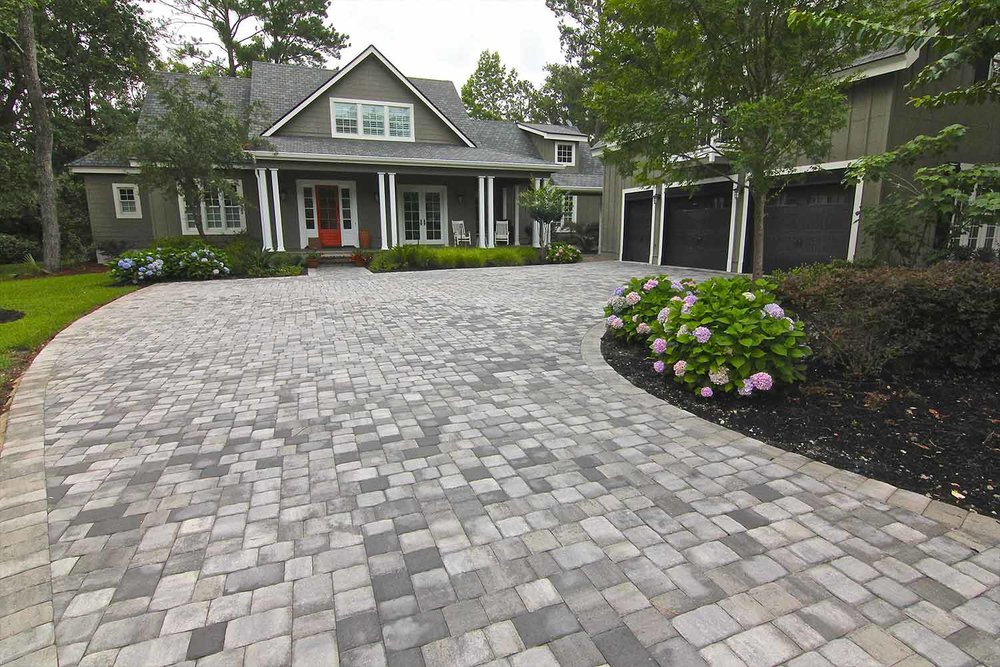
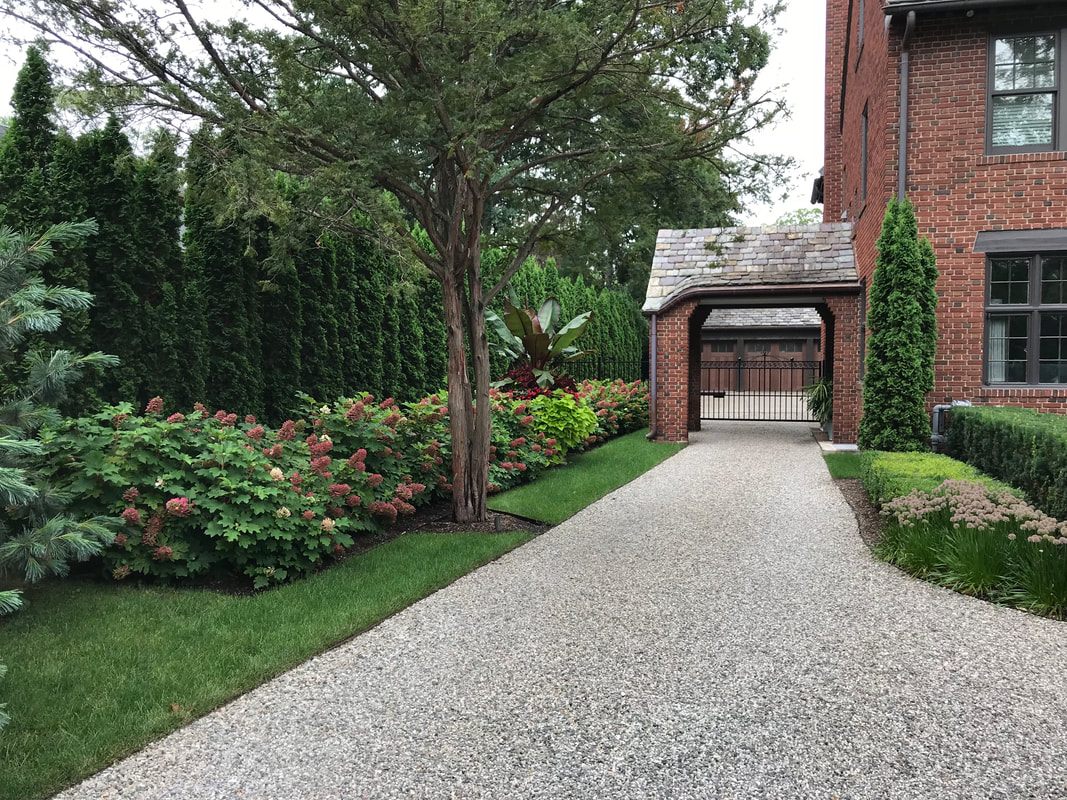
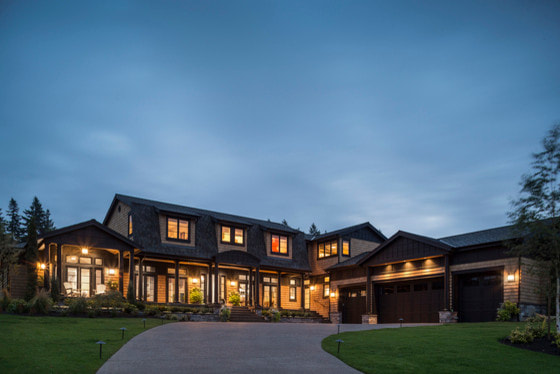
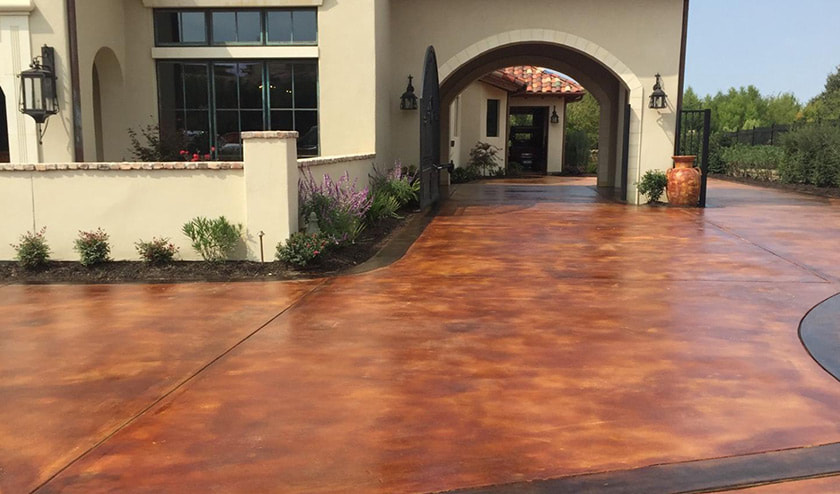
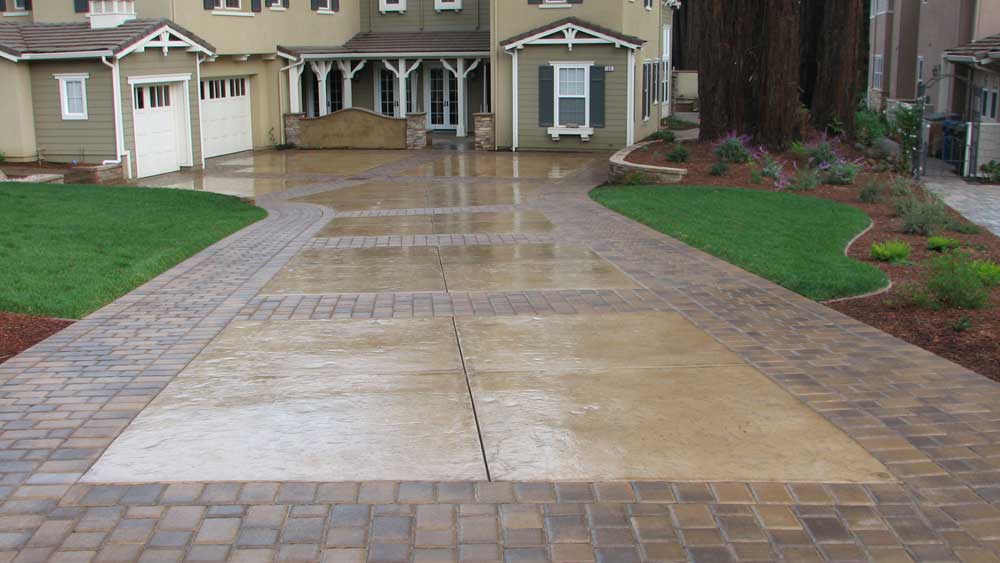
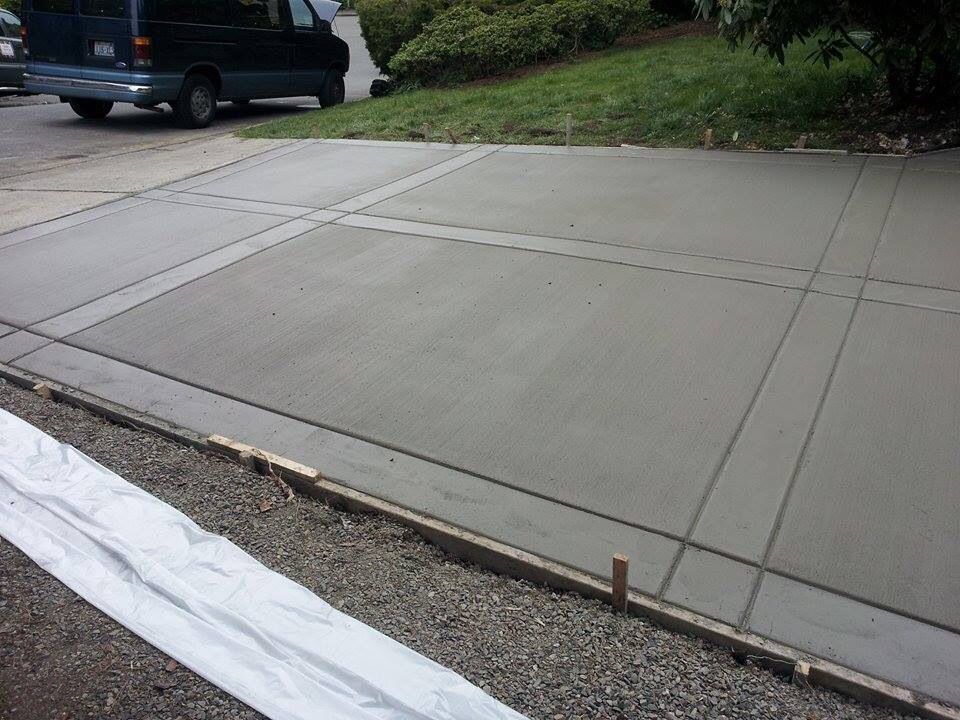
 RSS Feed
RSS Feed